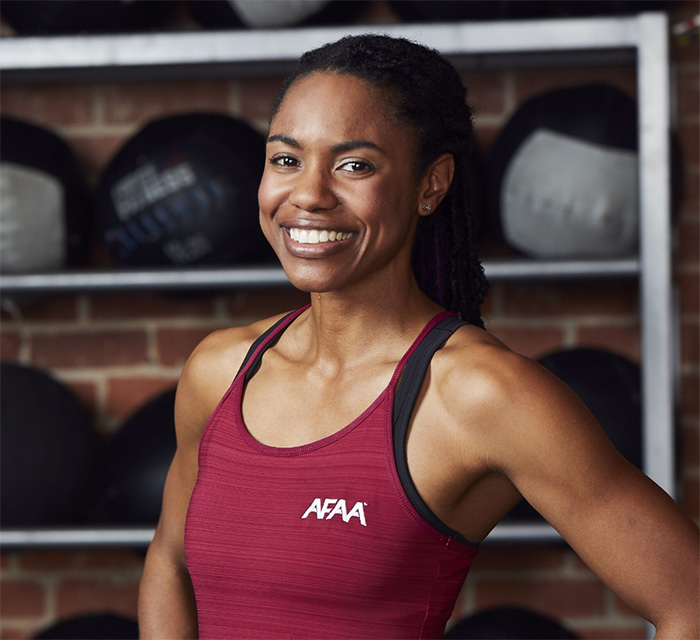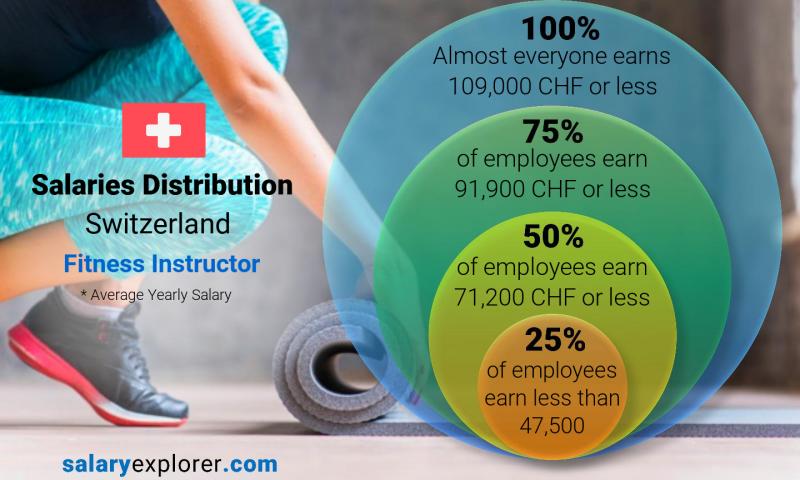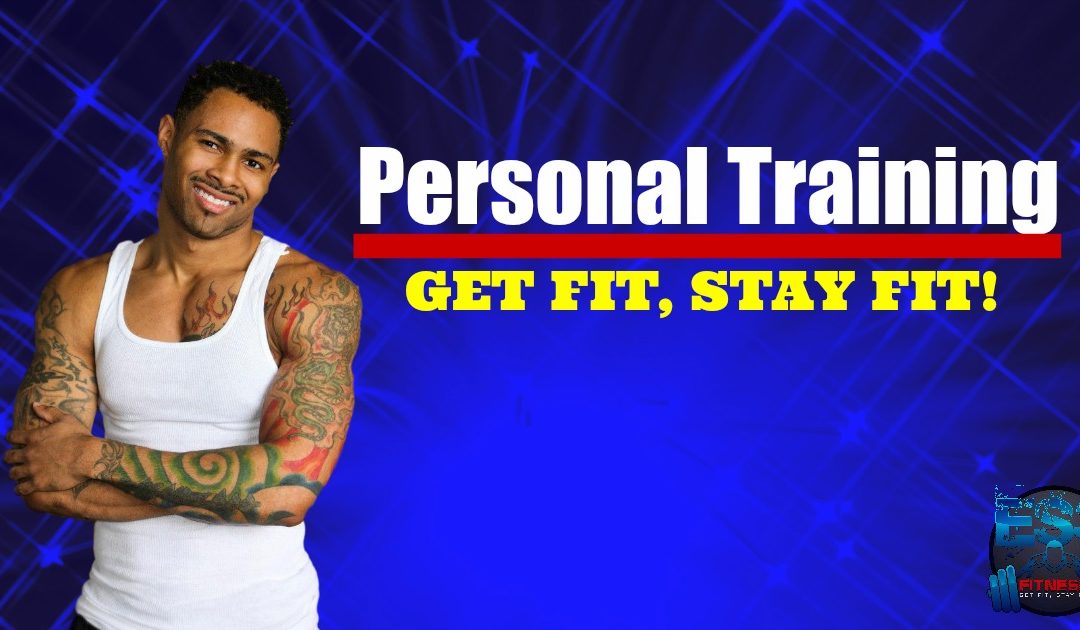
Commercial gyms are a great place to start a career in personal training. They can be lucrative and a great way for you to get rich. Some gyms allow personal training to recruit their clients. Some gyms will require you to find clients. You can expect to make an hourly income, regardless of how you choose to work. If you're looking for a steady income, a commercial gym might be the perfect place to start. You'll need to be willing and able to work hard in both cases.
The average American personal trainer charges approximately $50 per session
Before hiring a personal trainer, make sure you do your research. A personal coach with a college education in exercise science or another relevant certification will be better equipped to provide quality training than someone without any experience. The same goes for a new trainer. Someone with years of experience, positive testimonials, and more should be less costly than someone with little to no experience. New York City personal coaches should charge about $120 per an hour. Bronx-based fitness trainers would be envious.

A session with a personal trainer for an hour is roughly the same price, but you should be ready for some variation. Trainers who are certified by the National Academy of Sports Medicine or the International Sports Science Association charge more. Los Angeles personal trainers charge an average of $25 to $50 an hour. Depending on your budget, you have the option to either pay in advance of pay on the day.
Average salary for a personal trainer in the U.S. is $78,000 per annum
Gyms are a good source of personal training income. The majority of gyms split the fees 50-50 with the trainer and the facility. Trainers receive between $30 and $50 per hour-long session. This means that the trainer can earn approximately $44,000 annually while the gym only receives a fraction. This means that the trainer will have more financial freedom, and therefore a higher income. But, it's important to understand that a personal training professional is not an employee at a gym. Personal trainers in the U.S. make a much lower average salary than their counterparts.
The average personal coach in the U.S. makes $78,000 annually, but the average personal train earns $50-$100 an hr, depending on where you live. Personal trainers earn an average of $68,000 per year if they are successful in marketing and keeping long-term clients. A personal trainer doesn't need to have a gym to open a business. In fact, many gyms choose to contract with a personal trainer instead of hiring one on their own. An independent personal trainer's salary is often higher than one who works for the company.
Alternatives to personal trainer jobs
For those who are looking for personal training jobs near you, there are many options. One option is consulting. The role of a consultant is very similar to that of a personal trainer but is not necessarily associated with client interaction. Instead of working one-on-one with clients, you'll consult on a variety of topics, from niche building to marketing strategy. This type of consulting is also free of the need for face-to-face interaction and a costly office space. Consultations can be conducted via messaging apps, live streaming, or basic chat.

You can also move into management as a career option for personal trainers. Although this is not the most popular option for personal trainer jobs, there are still management positions. These positions require additional training as well as certifications. These positions can be either full-time (or part-time) and offer more flexibility that a traditional personal trainer position. These careers might also lend themselves for freelancing or entrepreneurship.
FAQ
Why is physical fitness important for your health?
Fitness is crucial for our health. Exercise is important to maintain your weight, strength and flexibility as well our cardiovascular system. Exercise is also good for our sleep, stress reduction, self-esteem and energy throughout the day.
When I exercise, should I consume alcohol?
Drinking alcohol is high in calories so it's best to not consume too much while working out. However, moderate consumption of alcohol (one drink per day) may help improve endurance during workouts. It may also reduce fatigue and muscle aches caused by intense exercise.
What Are Cardio Exercises?
Cardiovascular exercises are ones that make your heart and lungs work harder. Swimming, cycling, rowing, and jogging are all examples. These activities help you burn fat and increase your metabolism. They are also great ways to keep fit.
What are resistance training exercises?
Resistance training includes using weights and other objects to perform specific movements. Lifting weights helps strengthen your arms, shoulders, chest and back, as well as your legs, hips, and core. Resistance training helps build muscle mass and bone density. It also promotes overall strength.
How do I get started with Fitness?
Start small. You can start by taking 10 minutes each week to walk around the block. This will help you learn basic movements and allow your muscles to adjust to the new routine. After you have mastered this basic form of exercise, you can add more steps to your daily schedule.
What can exercise do for your body and mind?
Exercise can help you lose weight. Build muscle mass, increase energy, reduce stress, and improve quality of your sleep. The benefits of exercise include improved moods, better self-esteem, increased productivity, and reduced risk of heart disease.
Are there any exercises I shouldn't do?
You should always consult with your doctor before starting any new workout routine. There are some people who have medical conditions or injuries that make it difficult to exercise. Certain activities require special equipment and training. Swimming, for example, requires swimming suits and access to the pool.
Statistics
- In 2018, the World Health Assembly agreed on a global target to reduce physical inactivity by 15% by 2030 and align with the Sustainable Development Goals. (who.int)
- Globally, 81% of adolescents aged 11-17 years were insufficiently physically active in 2016. (who.int)
- An estimated 110,000 deaths per year could be prevented (cdc.gov)
- Adolescent girls were less active than adolescent boys, with 85% vs. 78% not meeting WHO recommendations of at least 60 minutes of moderate to vigorous intensity physical activity per day. (who.int)
External Links
How To
How to Burn Belly Fats Quicker
Belly Fat is usually seen as a problem when we want to lose weight. When you stop and think about it, Belly Fat can actually be a blessing. Your organs will be protected by the amount of belly fat. Let's now see how to quickly lose belly fat.
Lack of exercise and stress are the main reasons we store body fat. Because of its stimulation of the production hormone cortisol, stress can make us feel hungry continuously. Cortisol levels are increased by insulin. The excess calories are stored as fat by insulin. Lack of sleep causes the release of adrenaline into our system, leading to increased appetite. These extra calories can also be reduced by exercise
There are many methods to lose belly fat. All of these methods can be used, depending on your budget. These are some great tips to help you lose belly fat fast.
-
You can eat less. Don't eat three large meals at once. You will eat less calories in general.
-
Make sure you drink plenty of water. Water flushes out toxins from your body and keeps you hydrated. Drinking water before meals will help you feel fuller for longer, so you don't overeat.
-
Avoid unhealthy snacks. If you're looking for quick fixes, snack foods like chips, cookies, candies, etc. Although tempting, they can be very unhealthy. These sweet treats can be tempting, but they are high in empty calories and sugar. Choose healthy alternatives like fruits and vegetables, nuts, seeds, whole grains, and seeds.
-
Three times per week, strength training is recommended. Strength training increases muscle mass, which can help you burn more calories while still resting. It strengthens bones muscles ligaments, tendons and the heart.
-
Regularly walk or stretch. Stretching increases flexibility and mobility. It also reduces back pain. Walking is great for burning calories.
-
Reduce alcohol intake. Avoid alcohol.
-
Reduce your weight gradually. First, determine your current weight. Then, add 5% to 10% to your body weight to get your ideal weight. Once you have determined your ideal weight, you can start to reduce your calorie intake by 500-1000 calories per day until you reach it.
-
Avoid processed food. These foods are high on sugar, salt, and additives. Processed foods are often very convenient but don't provide enough nutrients to keep you healthy.
-
Don't skip breakfast! Breakfast is good for your concentration, memory, and energy. Breakfast should contain protein (like eggs), fibre (like oats), as well as complex carbohydrates (like oatmeal).
-
Have regular bowel movements. Constipation or irregularity can lead to gas and bloating. Drink plenty of water to prevent gas and fiber ingestion.